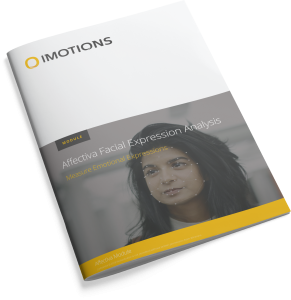It is unclear whether atypical patterns of facial expression production metrics in autism reflect the dynamic and nuanced nature of facial expressions or a true diagnostic difference. Further, the heterogeneity observed across autism symptomatology suggests a need for more adaptive and personalized social skills programs. For example, it would be useful to have a better understanding of the different expressiveness profiles within the autistic population and how they differ from neurotypicals to help develop systems that train facial expression production and reception. We used automated facial coding and an unsupervised clustering approach to limit inter-individual variability in facial expression production that may have otherwise obscured group differences in previous studies, allowing an “apples-to-apples” comparison between autistic and neurotypical adults. Specifically, we applied k-means clustering to identify subtypes of facial expressiveness in an autism group (N=27) and a neurotypical control group (57) separately. The two most stable clusters from these analyses were then further characterized and compared on the basis of their expressiveness and emotive congruence to emotionally charged stimuli. Our main finding was that autistic adults show heightened spontaneous facial expressions in response to negative emotional images. The group effect did not extend to positive emotional images, and we did not find evidence for greater incongruous (i.e., inappropriate) facial expressions in autism. These findings build on previous work suggesting valence-specific effects of autism on emotional empathy and suggest the need for intervention programs to focus on social skills in the context of both negative and positive emotions.













